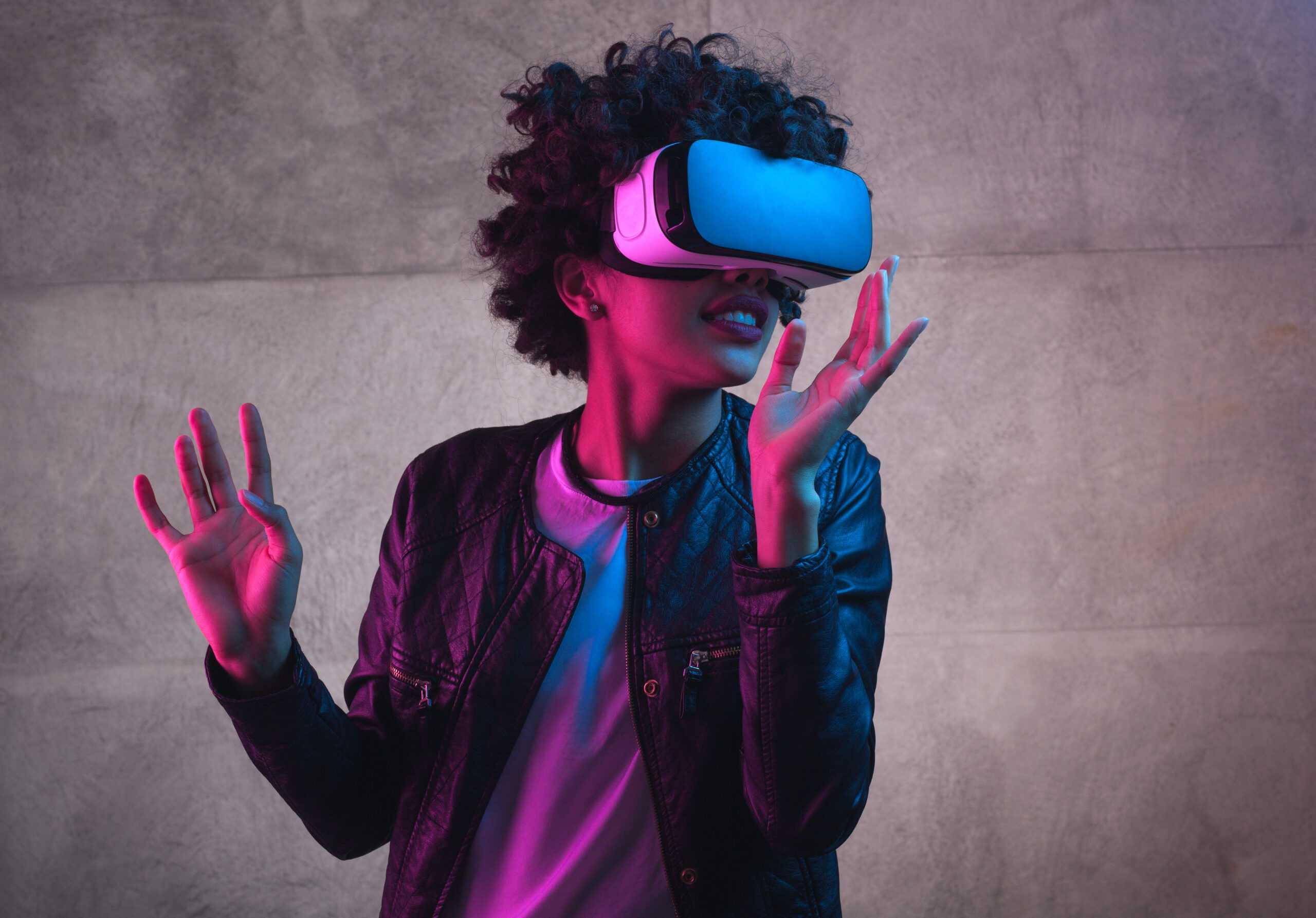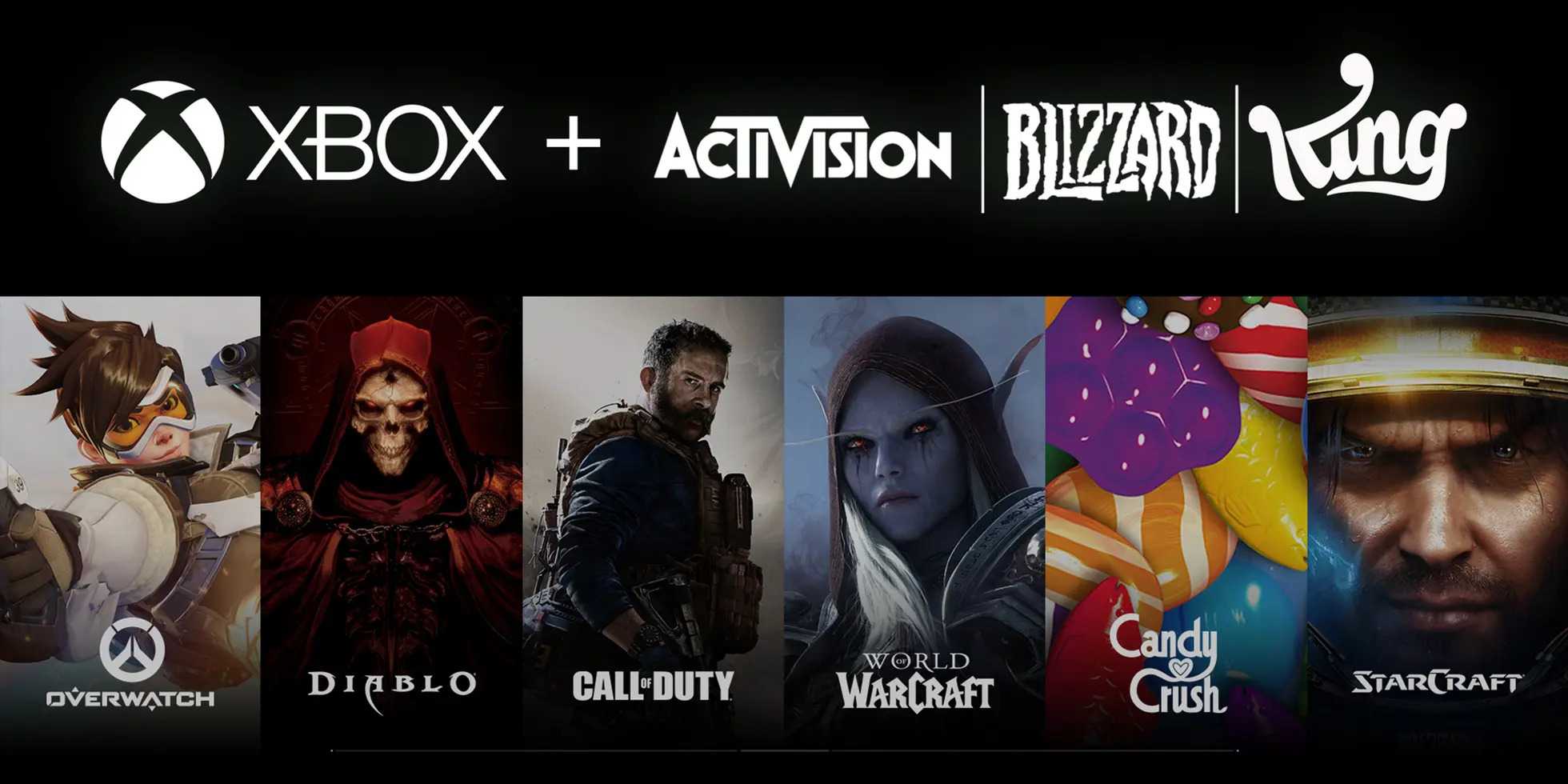It’s been seven years since the Oculus Rift VR headset debuted, and despite wild proclamations from industry pundits at the time, general adoption for virtual reality has been far more gradual. The technology, largely focused on immersive gaming, has made some inroads in the past few years between Sony’s PSVR (over 5 million sold) – and now it’s warmly received PSVR 2 – and the standalone line of Quest headsets from Meta, which the company has revealed has sold about 20 million units to date.
Numerous hurdles stand in the way of greater adoption, however, not the least of which is price. Last year, Meta raised the price of its Quest 2 headset by $100 to $399, and an internal VR roadmap shared with Meta employees (per The Verge) suggests that the upcoming Quest 3 headset will be “slightly more expensive” still. Meanwhile, to enjoy VR gaming on a PS5, consumers must, of course, first own a PS5, and then spend an additional $550 on the PSVR 2, meaning the total buy-in is well over $1,000.
At a certain point, the price-to-value ratio for consumers must become balanced in order for the VR marketplace to take off. Once a VR headset offers enough compelling content (across gaming and other experiences), $500 might be perceived as a bargain much the way a solid smartphone at that price point might be viewed by the average consumer. As Mark Rabkin, Meta’s Vice President for VR, told his employees with regards to the Quest 3, “We have to prove to people that all this power, all these new features are worth it.”
One aspect that may change that value proposition is the rise of AR and mixed reality. Apple, Meta, and others are all expected to incorporate more mixed reality functionality, which should open the door to greater real-world use cases and possibly foster longer-term usage than a device dedicated solely to immersion in a VR world. That said, Apple’s forthcoming headset is expected to be priced at $1,500 or more, which once again presents a cost barrier.
Interpret’s New Media Measure® data shows that a little over 10% of US consumers currently own any kind of VR headset. The good news is that once a consumer does try virtual reality, they are considerably more likely to buy a VR headset in the future. Around 25% of existing VR headset owners in the US report being somewhat or very likely to buy another VR headset within the next three months. Among non-owners, however, that figure drops to just 9%. If Sony, Meta, Apple, and other tech giants can convince more users to make that initial purchase, the chances of those consumers becoming repeat VR customers goes up quite a bit.








